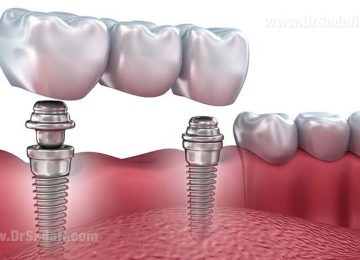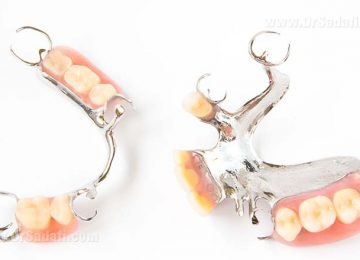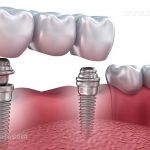
Root Canal Therapy
There are many reasons to be concerned if it is your first experience with root canal therapy.
We are going to discuss the root canal therapy procedure step by step in this article.
Knowing what is going to happen helps ease your concern more than anything else.
In the end, you will understand that root canal treatment not only causes any pain, but also helps calm the pain.
Root canal therapy procedure
First, you need local anesthesia to have a painless experience during treatment. The treatment begins once the tooth and the soft tissue become completely numb.
Then your dentist removes tooth decays, and afterwards, starts the main work by accessing the root canal.
In next step, the length of the root is determined by a digital device. Now, it is time to clean, disinfect, and shape the canals, and dry up the root canal.
After the final cleaning of the root canal, now it is time to fill the canal and the empty space of the pulp with substances made for this purpose.
In final stages, the temporary repair and the permanent repair are performed.
Once the root canal treatment is concluded, the restoration method of the crown varies depending on the remaining tissue, and the patient’s tooth.
The teeth that should stand chewing forces, or have vast decays require more reliable restorations such as metal or porcelain laminates.
To have a better understanding in this matter, it would be useful to have brief information about the structure of the tooth root.

As you can see in the image on the left, there is a space inside the tooth called the dental pulp.
The dental pulp is made up of blood vessels, nerves, and connective tissues, which all have been formed during the early stages of the tooth development.
Your tooth needs root canal therapy when the pulp gets inflamed or infected (the image on the right).
The inflammation and infection of the pulp can be the result of deep decays, repeated treatments of one tooth, injuries caused by a trauma such as a crack or chip or even a fracture in the root, or gingival diseases. Frequent and vast fillings, and poor quality of the restoration materials are also among causes of damage to your tooth pulp.
Any of these issues can cause severe inflammation of the pulp, and ultimately, can lead to swelling, pressure, and irreversible damages within the tooth pulp.
When the tooth pulp dies, the pain may subside a little at first, but sometimes a severe painful infection reaches the periapical tissues, causing a chronic and long-term infection with mild to severe symptoms.
In general, for any reason the root canal or pulp gets infected, it is essential and required to have a root canal therapy in order to save the tooth.
Do the teeth become brittle after a root canal?
Most teeth in need of root canal therapy have massive damage and decays in their crown, enamel, and dentine.
Moreover, in some cases, the dentist may need to scrape a small part of a healthy tissue of the tooth in order to access the pulp.
In these situations, your dentist applies special restorations, and in the end, saves the damaged tooth with a laminate.
How many sessions does a root canal therapy take?
A root canal therapy can be done in one session, but in cases with infection and discharge inside the root canal, the treatment may take two or several sessions.
Does the pain remain after a root canal therapy?
There might be some mild to moderate temporary pain and discomfort for a few days once the anesthesia wears off, which can be calmed with the anti-inflammatory painkillers.











